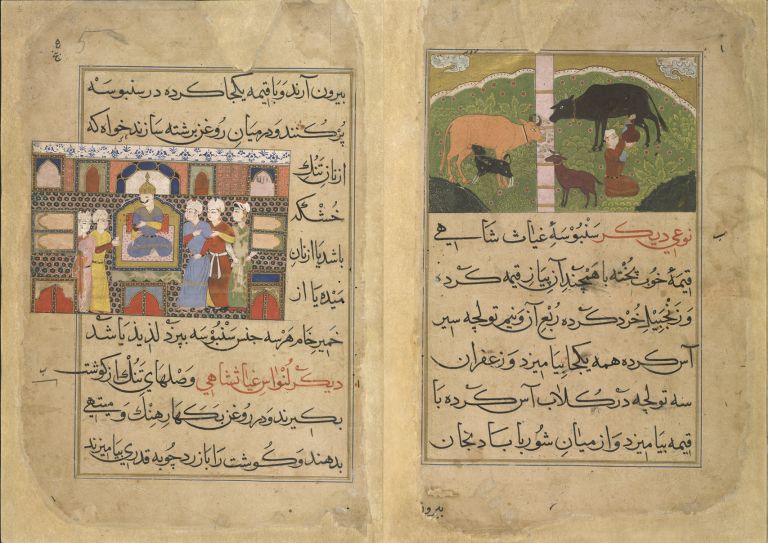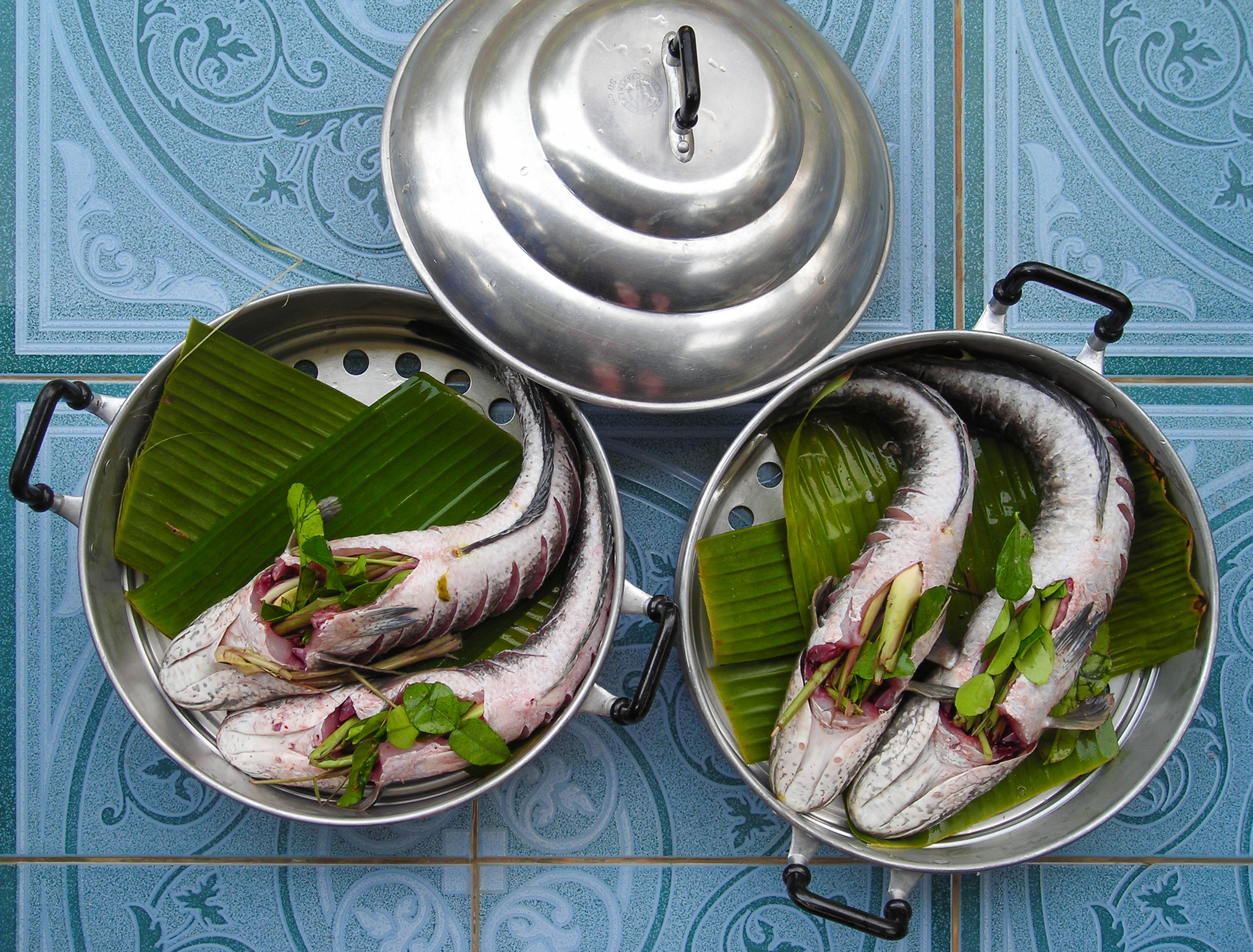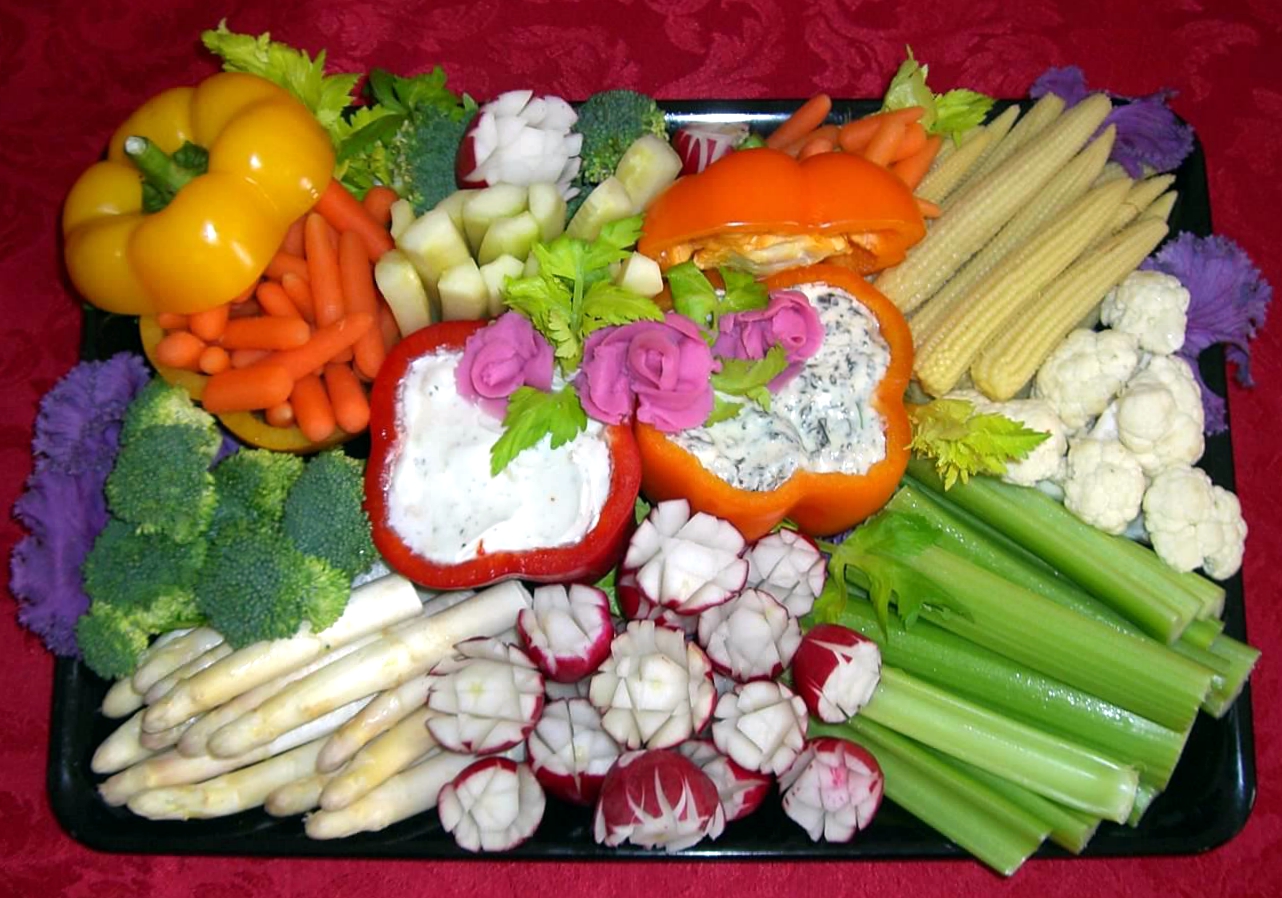|
Sambousa
A samosa () () (Hindi: समोसा) ( Persian: سمبوسه) is a fried South Asian and West Asian snack. It is a pastry with a savory filling that mostly consists of vegetables like spiced potatoes, onions, and peas, but can also include meat or fish, or even cheese. Its name originates from the Persian word sambosag (''سنبوسگ'') (meaning 'triangular pastry'). It is made in different shapes, including triangular, cone, or crescent, depending on the region. Samosas are often accompanied by chutney, and have origins in medieval times or earlier. Sweet versions are also made. Samosas are a popular entrée, appetizer, or snack in the cuisines of India, South Asia, Southeast Asia, West Asia, Central Asia, Portugal, East Africa and their South Asian diasporas. Etymology The English word ''samosa'' derives from the Hindustani word (, ), traceable to the Middle Persian word () [...More Info...] [...Related Items...] OR: [Wikipedia] [Google] [Baidu] |
Chutney
A chutney () is a spread typically associated with cuisines of the Indian subcontinent. Chutneys are made in a wide variety of forms, such as a tomato relish, a ground peanut garnish, yogurt, or curd, cucumber, spicy coconut, spicy onion, or mint dipping sauce. Etymology The word ''chutney'' derives from Hindustani/Urdu (Nastaliq: چٹنی, Devanagari: चटनी) ''chaṭnī'', deriving from चाटना ''chāṭnā'' 'to lick' or 'to eat with appetite'. In India, ''chutney'' refers to fresh and pickled preparations indiscriminately; however, several Indian languages use the word for fresh preparations only. Overview In India, chutneys can be either made alongside pickles that are matured in the sun for up to two weeks and kept up to a year or, more commonly, are freshly made from fresh ingredients that can be kept a couple of days or a week in the refrigerator. In South India, Chutneys are also known as ''Pachadi'' (, , , , ) which generally refers to t ... [...More Info...] [...Related Items...] OR: [Wikipedia] [Google] [Baidu] |
Fish As Food
Many species of fish are caught by humans and consumed as food in virtually all regions around the world. Their meat has been an important dietary source of protein and other nutrients in the human diet. The English language does not have a special culinary name for food prepared from fish like with other animals (as with '' pig'' vs. ''pork''), or as in other languages (such as Spanish '' pez'' vs. '' pescado''). In culinary and fishery contexts, ''fish'' may include so-called shellfish such as molluscs, crustaceans, and echinoderms; but, more expansively, ''seafood'' covers both fish and other marine life used as food. Since 1961, the average annual increase in global apparent food fish consumption (3.2 percent) has outpaced population growth (1.6 percent) and exceeded the increase in consumption of meat from all terrestrial animals except poultry (4.9 percent), both combined (2.8 percent) and individually (bovine, ovine, porcine, et cetera). In ''per capita'' terms, f ... [...More Info...] [...Related Items...] OR: [Wikipedia] [Google] [Baidu] |
Hindustani Language
Hindustani is an Indo-Aryan language spoken in North India and Pakistan as the lingua franca of the region. It is also spoken by the Deccani people, Deccani-speaking community in the Deccan plateau. Hindustani is a pluricentric language with two Standard language, standard Register (sociolinguistics), registers, known as Hindi (Sanskritisation (linguistics), Sanskritised register written in the Devanagari script) and Urdu (Persianization, Persianized and Arabization, Arabized register written in the Perso-Arabic script) which serve as official languages of India and Pakistan, respectively. Thus, it is also called Hindi–Urdu. Colloquial registers of the language fall on a spectrum between these standards. In modern times, a third variety of Hindustani with significant English influences has also appeared, which is sometimes called Hinglish or Urdish.Salwathura, A. N.Evolutionary development of ‘hinglish’language within the Indian sub-continent. ''International Journal ... [...More Info...] [...Related Items...] OR: [Wikipedia] [Google] [Baidu] |
South Asian Diaspora
The South Asian diaspora, also known as the Desi diaspora, is the group of people whose ancestral origins lie in South Asia, but who live outside the region. There are over 44 million people in this diaspora. Endonyms South Asians in the diaspora are often referred to as ''Desi, Desis'', a term embraced by many South Asians, though controversial to some. History Ancient era Some South Asians lived in other parts of the world for trade purposes. During the Roman Empire, a few South Asians came to Europe. Medieval era Romani people Colonial era During the British Raj, colonial era, over 1 million South Asians were Indian indenture system, taken to other parts of the world as indentured servants. South Asians also were brought to parts of Southeast Asia as part of the British Empire. Diaspora members played a significant role in opposing the British Raj as part of the Ghadar Movement. Some South Asians, mainly from Punjab, migrated to the West Coast in the Uni ... [...More Info...] [...Related Items...] OR: [Wikipedia] [Google] [Baidu] |
East African Cuisine
African cuisine is an integral part of the continent's diverse cultures reflecting its long and complex history. The evolution of African cuisine is closely entwined with the lives of the native people, influenced by their religious practices, climate and local agriculture. Early African societies were largely composed of hunter-gatherers who relied on foraging for wild fruits, vegetables, nuts, and hunting animals for sustenance. As agriculture developed across the continent, there was a gradual shift to a more settled lifestyle with the cultivation of crops such as millet, sorghum, and later maize. Agriculture also brought about a change in diet, leading to the development of a variety of culinary traditions which vary by religion. Many African traditional dishes are based on plant- and seed-based diets. Each region in Africa has developed its own distinctive culinary practices, shaped by local ingredients, colonial history and trade. In West Africa, for example, dishes oft ... [...More Info...] [...Related Items...] OR: [Wikipedia] [Google] [Baidu] |
Portugal
Portugal, officially the Portuguese Republic, is a country on the Iberian Peninsula in Southwestern Europe. Featuring Cabo da Roca, the westernmost point in continental Europe, Portugal borders Spain to its north and east, with which it shares Portugal-Spain border, the longest uninterrupted border in the European Union; to the south and the west is the North Atlantic Ocean; and to the west and southwest lie the Macaronesia, Macaronesian archipelagos of the Azores and Madeira, which are the two Autonomous Regions of Portugal, autonomous regions of Portugal. Lisbon is the Capital city, capital and List of largest cities in Portugal, largest city, followed by Porto, which is the only other Metropolitan areas in Portugal, metropolitan area. The western Iberian Peninsula has been continuously inhabited since Prehistoric Iberia, prehistoric times, with the earliest signs of Human settlement, settlement dating to 5500 BC. Celts, Celtic and List of the Pre-Roman peoples of the Iberia ... [...More Info...] [...Related Items...] OR: [Wikipedia] [Google] [Baidu] |
Central Asian Cuisine
Central Asian cuisine has been influenced by Persian, Indian, Arab, Turkish, Chinese, Mongol, and Russian cultures, as well as the culinary traditions of other varied nomadic and sedentary civilizations. Contributing to the culinary diversity were the migrations of Uyghur, Slav, Korean, Tatar, Dungan and German people to the region. Background Nomadic peoples of the Eurasian steppe had simple subsistence diets based primarily on dairy products, and to a lesser extent game and plant-based foods. Excavations at Adji Kui in the Karakum Desert of Turkmenistan have shown the site was occupied between 2400 and 1300 BC. Archaeobotanical evidence has shown that crop diffusion was ongoing across the mountain valleys and oasis towns of Central Asia as early as the 3rd millennium BC. The earliest evidence of domesticated grains bring used by nomadic herders (2800 to 2300 BC) has been found at the Tasbas and Begash sites of the Kazakh highland steppe. '' Triticum turgidum'' and ... [...More Info...] [...Related Items...] OR: [Wikipedia] [Google] [Baidu] |
South Asian Cuisine
South Asian cuisine includes the traditional cuisines from the modern-day South Asian republics of Bangladesh, India, Maldives, Nepal, Pakistan and Sri Lanka, also sometimes including the kingdom of Bhutan and the emirate of Afghanistan. Also sometimes known as Desi cuisine, it has been influenced by and also has influenced other Asian cuisines beyond the Indian subcontinent. Staples and common ingredients Chapati, a type of flat bread, is a common part of meals to be had in many parts of the Indian subcontinent. Other staples from many of the cuisines include rice, roti made from atta flour, and beans. Foods in this area of the world are flavoured with various types of chilli, black pepper, cloves, and other strong herbs and spices along with the flavoured butter ghee. Ginger is an ingredient that can be used in both savory and sweet recipes in cuisines from the subcontinent. Chopped ginger is fried with meat, and pickled ginger is often an accompaniment to boiled rice. Ginge ... [...More Info...] [...Related Items...] OR: [Wikipedia] [Google] [Baidu] |
Indian Cuisine
Indian cuisine consists of a variety of regional and traditional cuisines native to the Indian subcontinent. Given the diversity in soil, climate, culture, ethnic groups, and occupations, these cuisines vary substantially and use locally available spices, herbs, vegetables, and fruits. Indian food is also heavily influenced by religion, in particular Hinduism and Islam, cultural choices and traditions. Historical events such as invasions, trade relations, and colonialism have played a role in introducing certain foods to India. The Columbian exchange, Columbian discovery of the New World brought a number of new vegetables and fruits. A number of these such as potatoes, tomatoes, Chili pepper, chillies, peanuts, and guava have become staples in many regions of India. Indian cuisine has shaped the history of international relations; the spice trade between India and Europe was the primary catalyst for Europe's Age of Discovery. Spices were bought from India and traded around ... [...More Info...] [...Related Items...] OR: [Wikipedia] [Google] [Baidu] |
Appetizer
An hors d'oeuvre ( ; ), appetiser, appetizer or starter is a small dish served before a meal in European cuisine. Some hors d'oeuvres are served cold, others hot. Hors d'oeuvres may be served at the dinner table as a part of the meal, or they may be served before seating, such as at a reception or cocktail party. Formerly, hors d'oeuvres were also served between courses.''Oxford English Dictionary'', First Edition, 189''s.v.'' Typically smaller than a main dish, an hors d'oeuvre is often designed to be eaten by hand. Hors d'oeuvre are typically served at parties as a small "snack" before a main course. Etymology in French literally means 'outside the work', that is "not part of the ordinary set of courses in a meal". In practice, it is a dish which stands on its own as a snack or supports the main course. The French spelling is the same for singular and plural usage. In English, the typographic ligature is usually replaced by the digraph and two plural forms are acce ... [...More Info...] [...Related Items...] OR: [Wikipedia] [Google] [Baidu] |
Entrée
An entrée (, ; ), in modern French table service and that of much of the English-speaking world, is a dish served before the main course of a meal. Outside North America and parts of English-speaking Canada, it is generally synonymous with the terms '' hors d'oeuvre'', ''appetizer'', or ''starter''. It may be the first dish served, or it may follow a soup or other small dish or dishes. In the United States and parts of English-speaking Canada, the term ''entrée'' instead refers to the main course or the only course of a meal. Early use of the term The word ''entrée'' as a culinary term first appears in print around 1536 in the ''Petit traicté auquel verrez la maniere de faire cuisine'', more widely known from a later edition titled ''Livre fort excellent de cuisine'', in a collection of menus at the end of the book. There, the first stage of each meal is called the ''entree de table'' (entrance to the table); the second stage consists of '' potaiges'' (foods boiled or sim ... [...More Info...] [...Related Items...] OR: [Wikipedia] [Google] [Baidu] |
Medieval
In the history of Europe, the Middle Ages or medieval period lasted approximately from the 5th to the late 15th centuries, similarly to the post-classical period of World history (field), global history. It began with the fall of the Western Roman Empire and transitioned into the Renaissance and the Age of Discovery. The Middle Ages is the middle period of the three traditional divisions of Western history: classical antiquity, the medieval period, and the modern period. The medieval period is itself subdivided into the Early Middle Ages, Early, High Middle Ages, High, and Late Middle Ages. Population decline, counterurbanisation, the collapse of centralised authority, invasions, and mass migrations of tribes, which had begun in late antiquity, continued into the Early Middle Ages. The large-scale movements of the Migration Period, including various Germanic peoples, formed new kingdoms in what remained of the Western Roman Empire. In the 7th century, North Africa and the ... [...More Info...] [...Related Items...] OR: [Wikipedia] [Google] [Baidu] |









